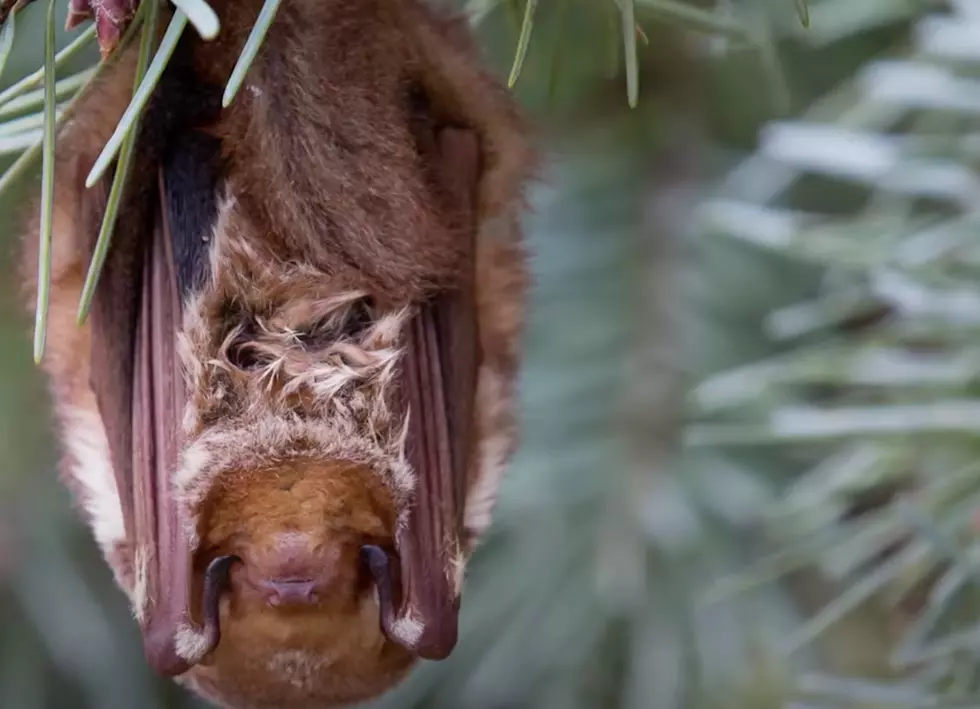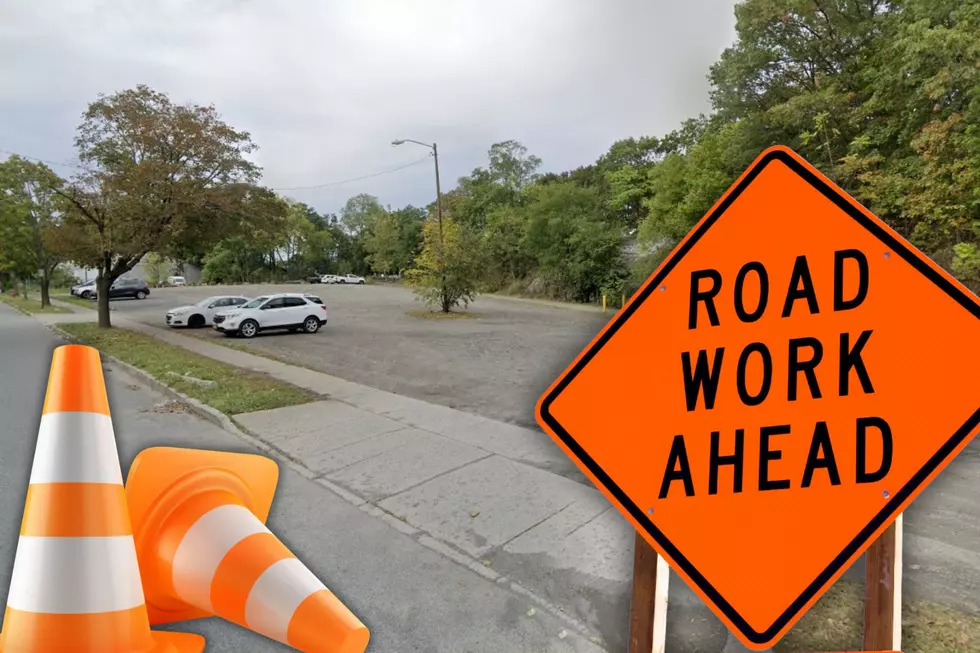
WEEKEND WEATHER: Heatwave Finally Comes to an End
This has been an especially brutal stretch of hot weather across the Hudson Valley, as high have hovered in the mid 90s for most of the week. Factor in the very high humidity, and the heat index values have been pushed well past 100 degrees during the day. Even when the sun is down, there hasn't been much relief. Overnight lows haven't fallen out of the 70s. But forecasters say there's finally an end in sight.
A Heat Advisory is once again in effect Friday, as highs will again approach the low to mid 90s during the day. There will once again be a chance for scattered afternoon showers and thunderstorms, with some of the storms possibly severe. Friday night will be another warm and muggy one, as lows will stay in the mid 70s. Saturday will see highs in the upper 80s, with another chance for showers and thunderstorms during the afternoon. The break will finally come late Saturday, as lows will cool off to the low 60s.
This will bring in much dryer air, as highs Sunday are expected to be in the low 80s, with partly cloudy skies. Lows will fall to the upper 50s, with mostly clear skies Sunday night. The milder weather should last through early week, as highs Monday and Tuesday are forecast to stay in the low 80s.
As we start looking ahead here in the coming months, some extended winter forecasts are already being issued. Can the Hudson Valley expect another brutal winter? The Farmers' Almanac seems to be calling for a more average winter for the Northeast, as temperature and precipitation levels should be near normal amounts for the season. The term "frosty flip-flop" was used, indicating potential sudden cold snaps. They're predicting a somewhat stormy January for the area, followed by a more tranquil February. That would be a stark contrast from this previous February, that brought record snowfall amounts across the Hudson Valley. There is always a chance for a big snowstorm any given February though, so don't let your guard down.
LOOK: The most expensive weather and climate disasters in recent decades
TIPS: Here's how you can prepare for power outages
KEEP READING: Get answers to 51 of the most frequently asked weather questions...
More From WPDH-WPDA









